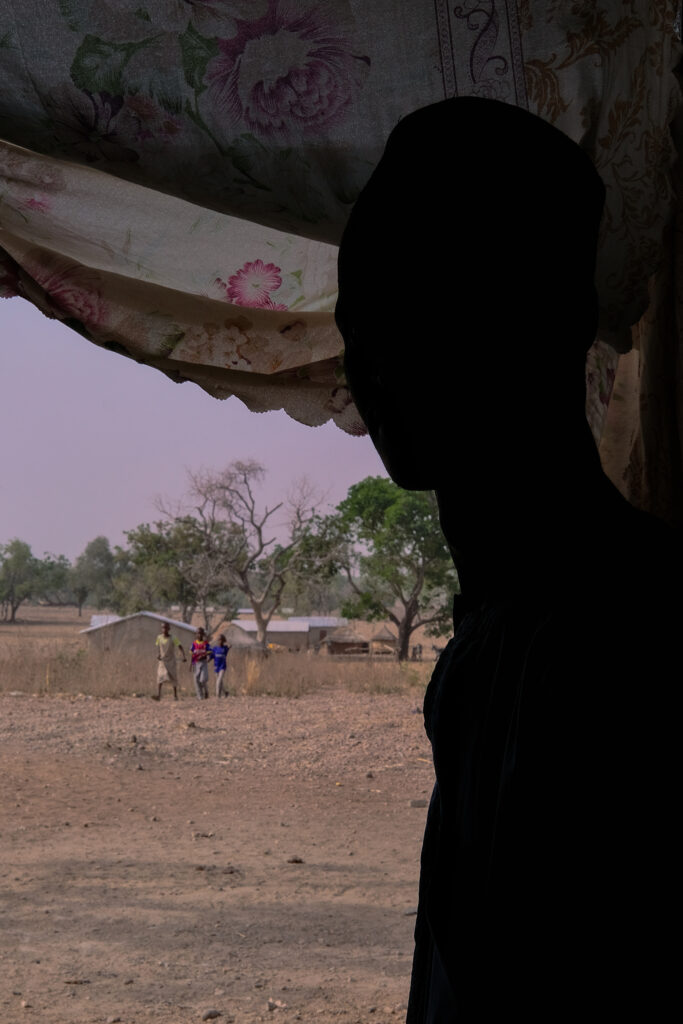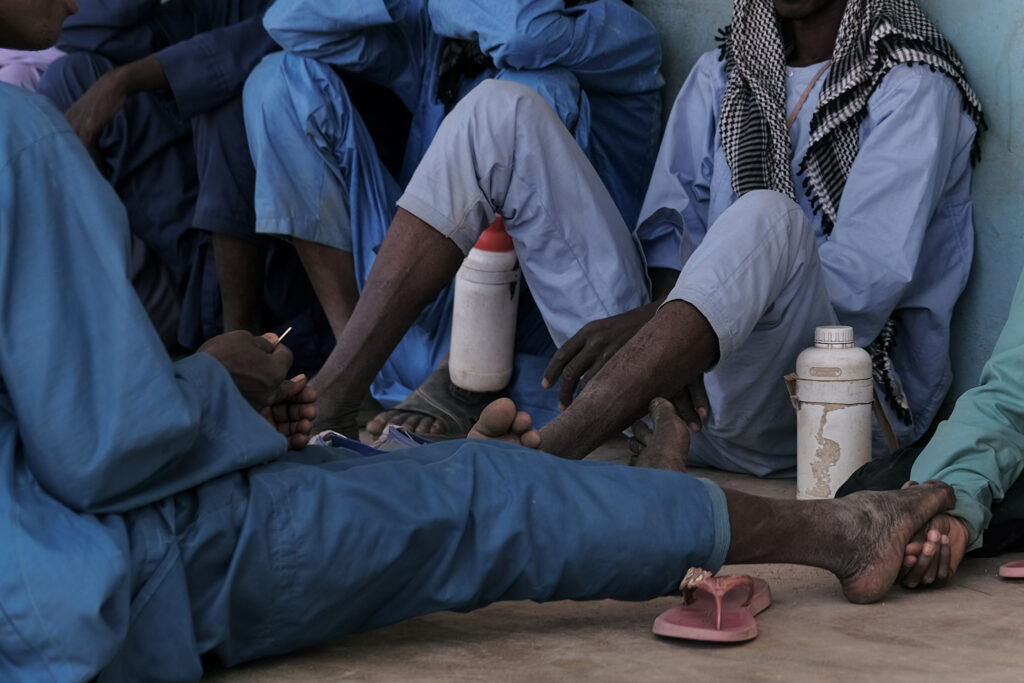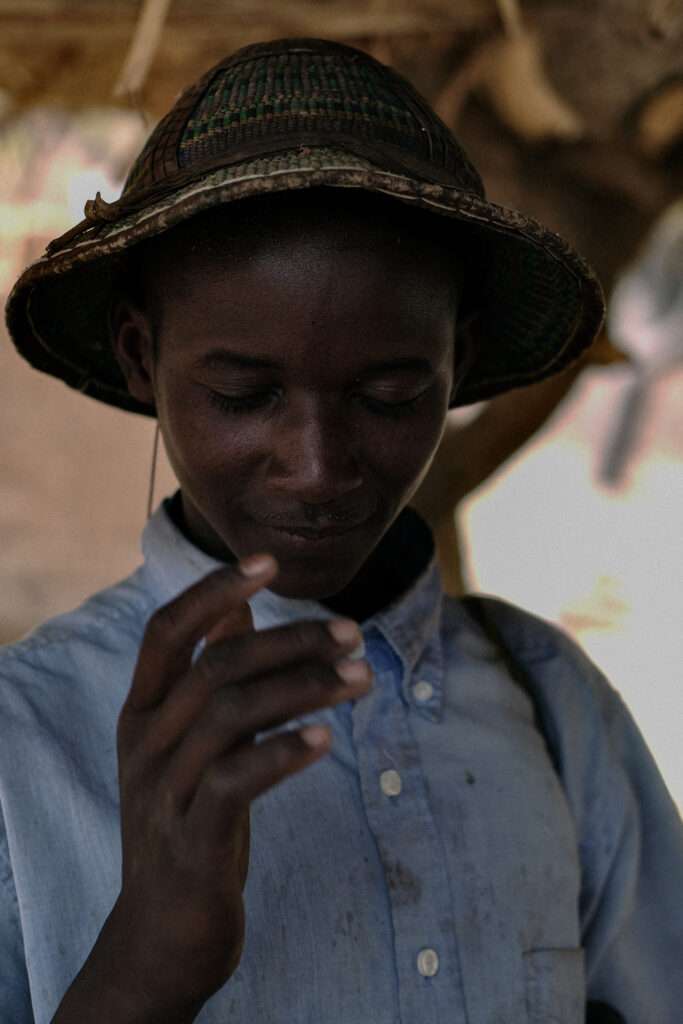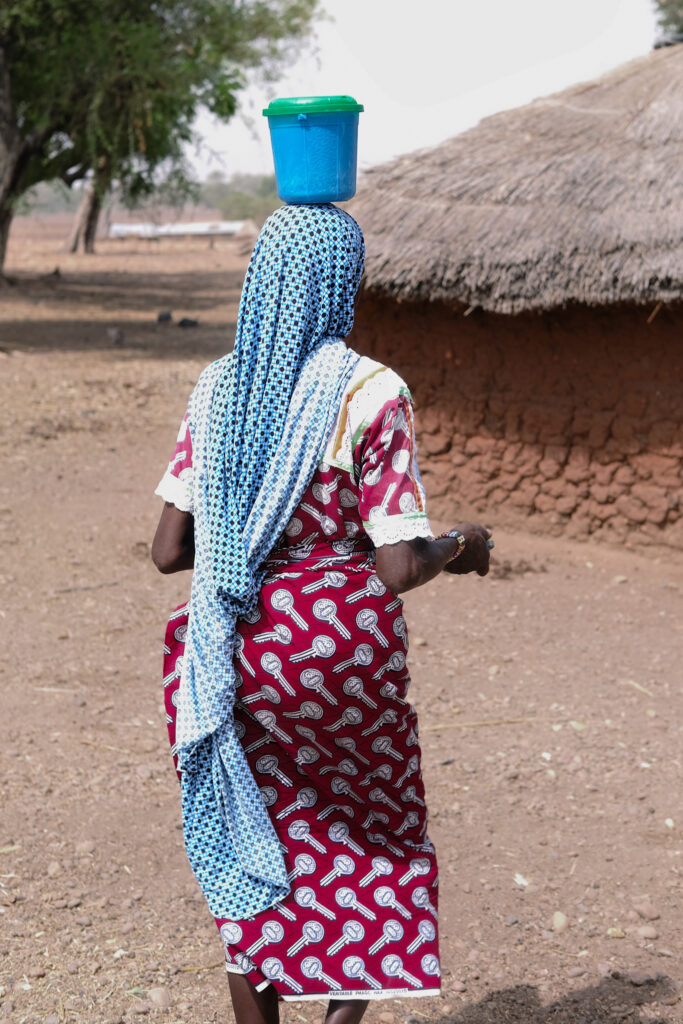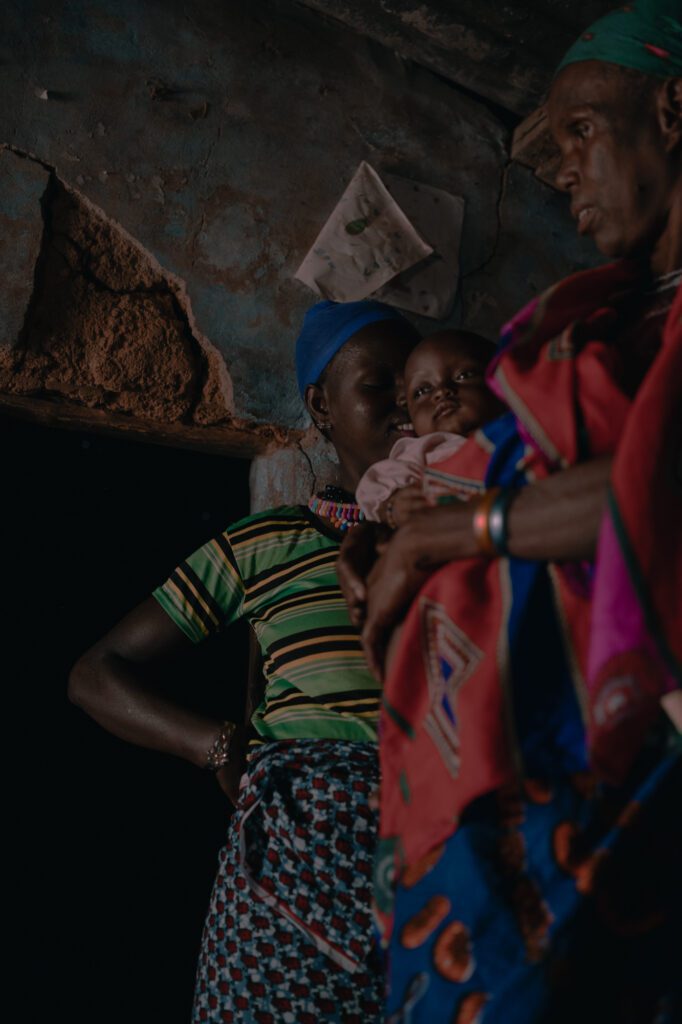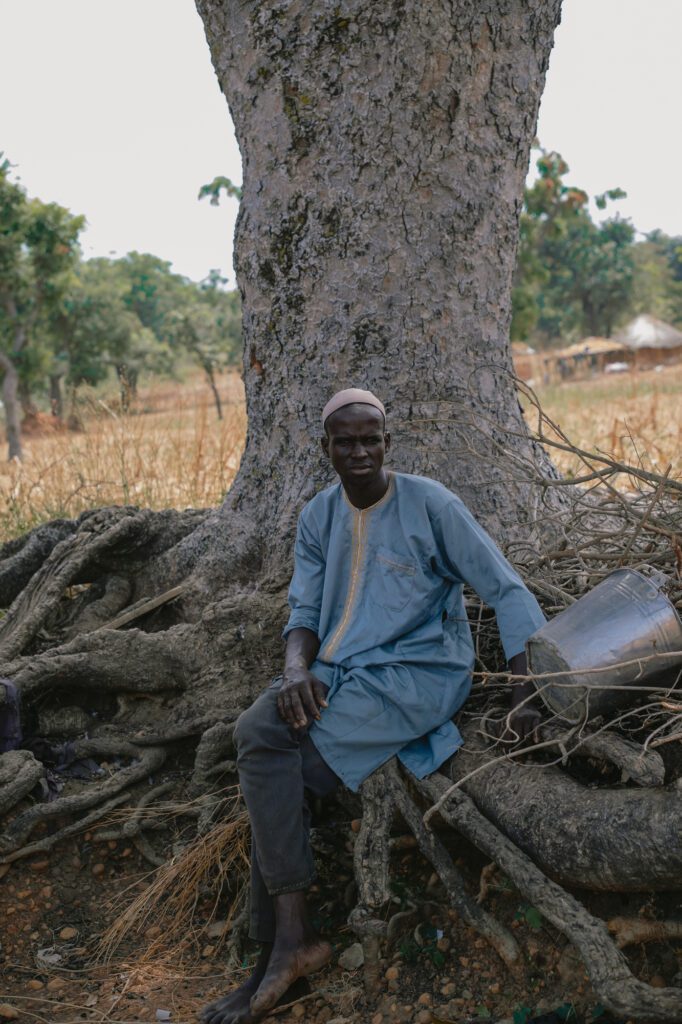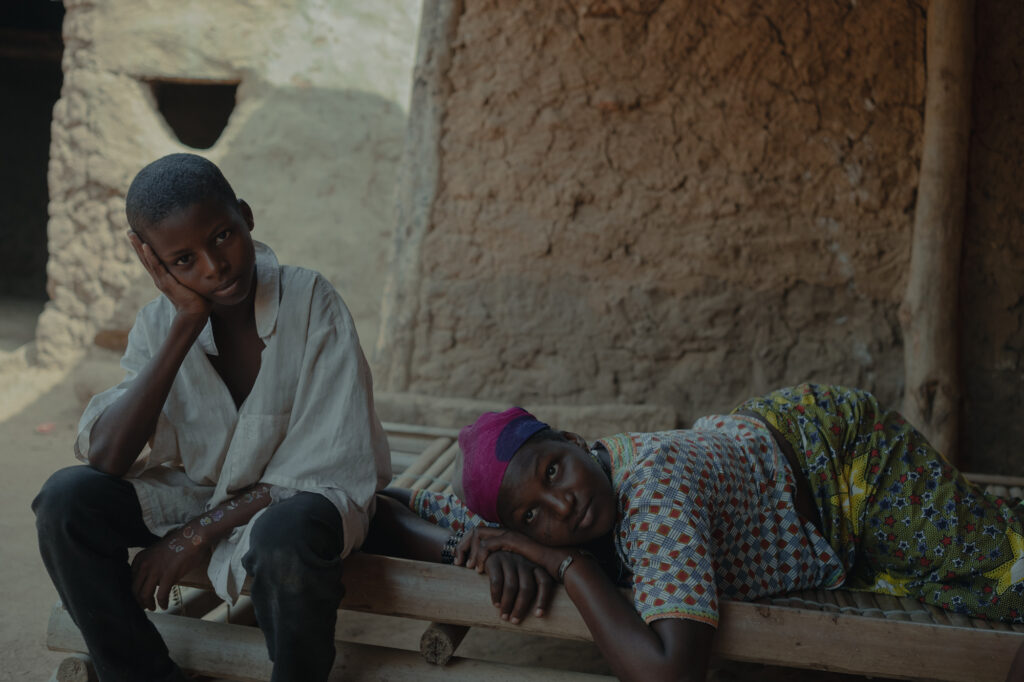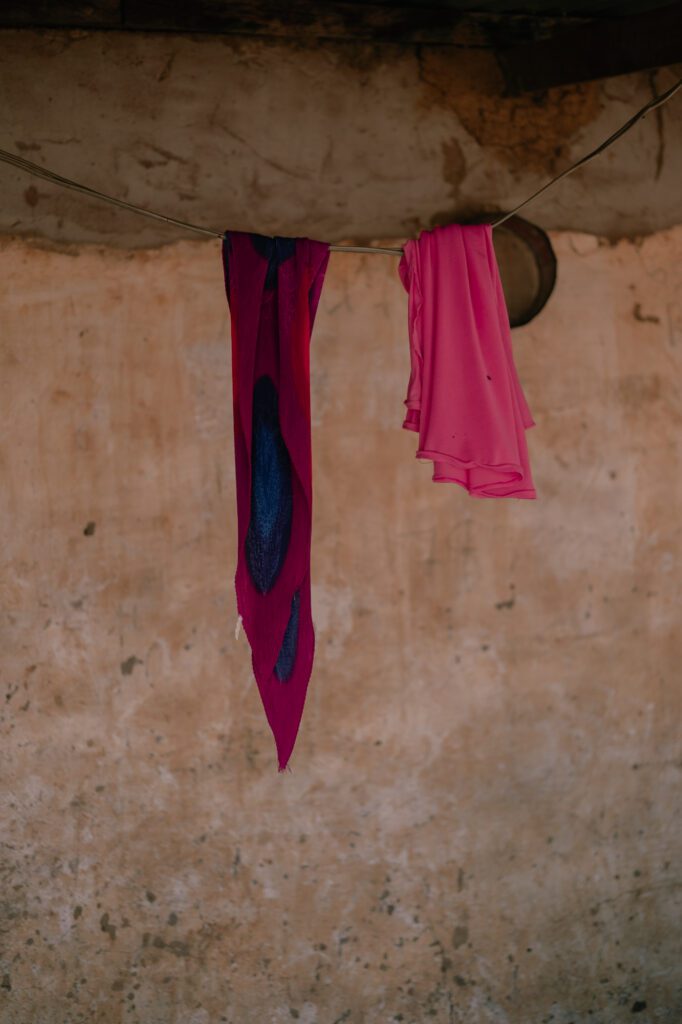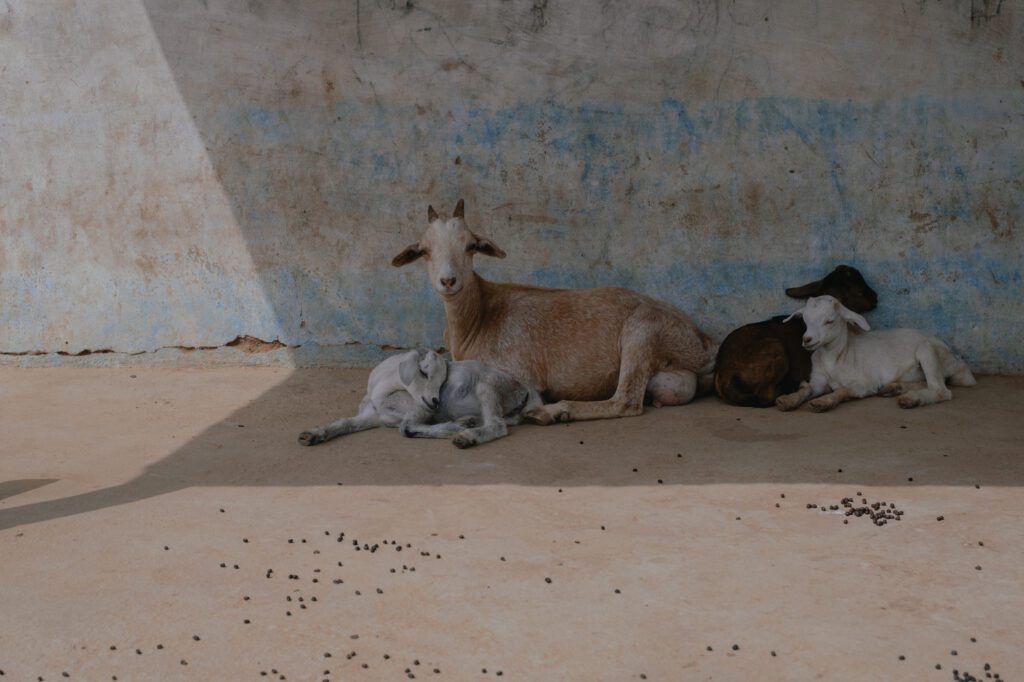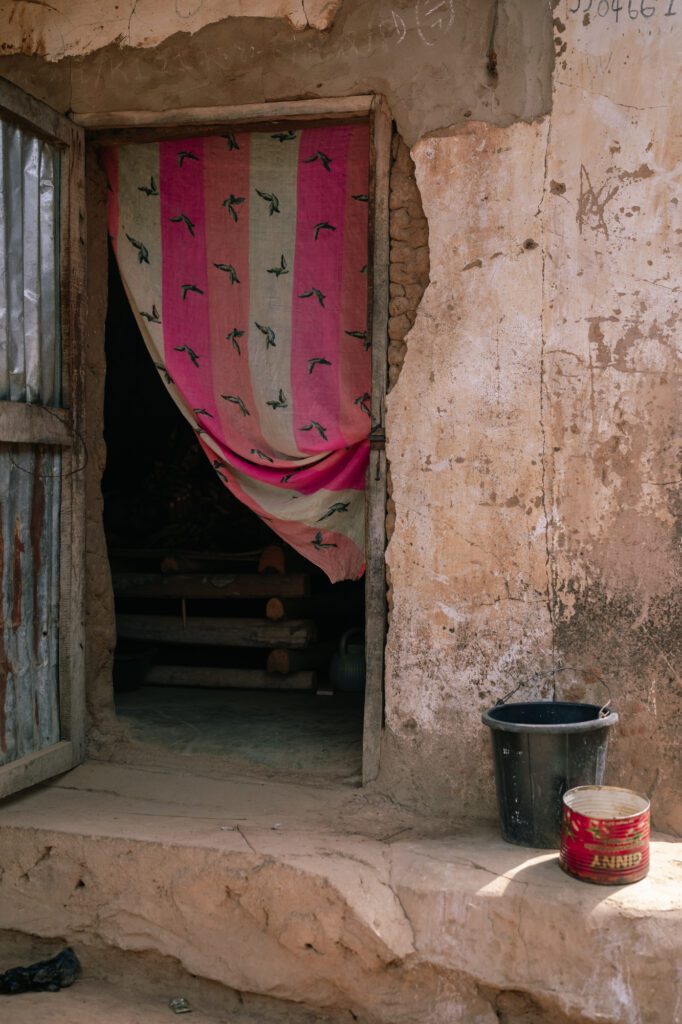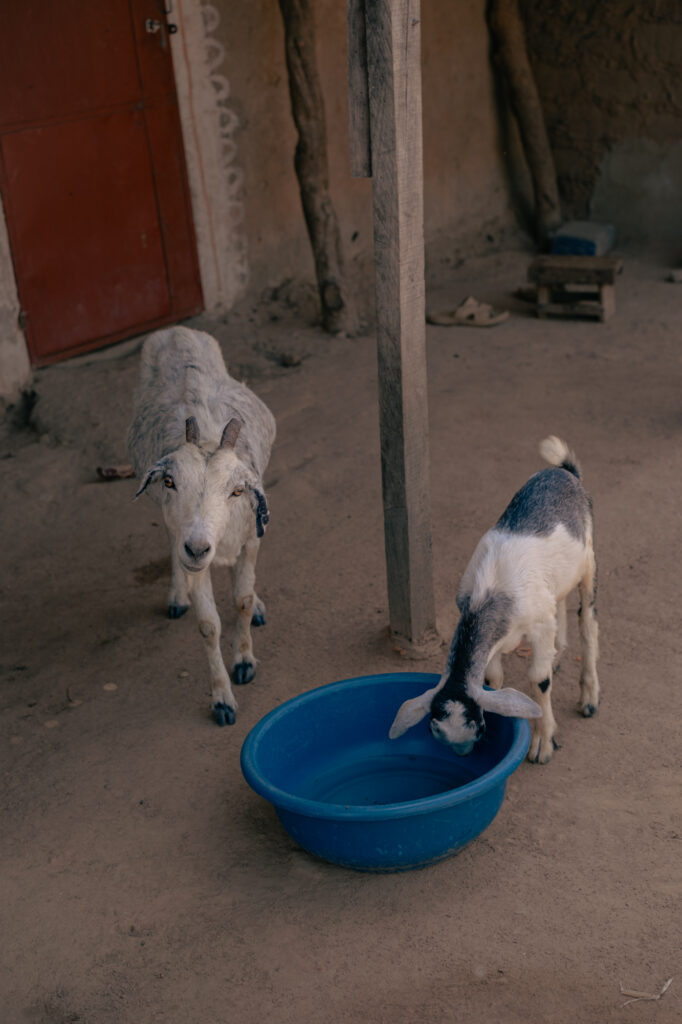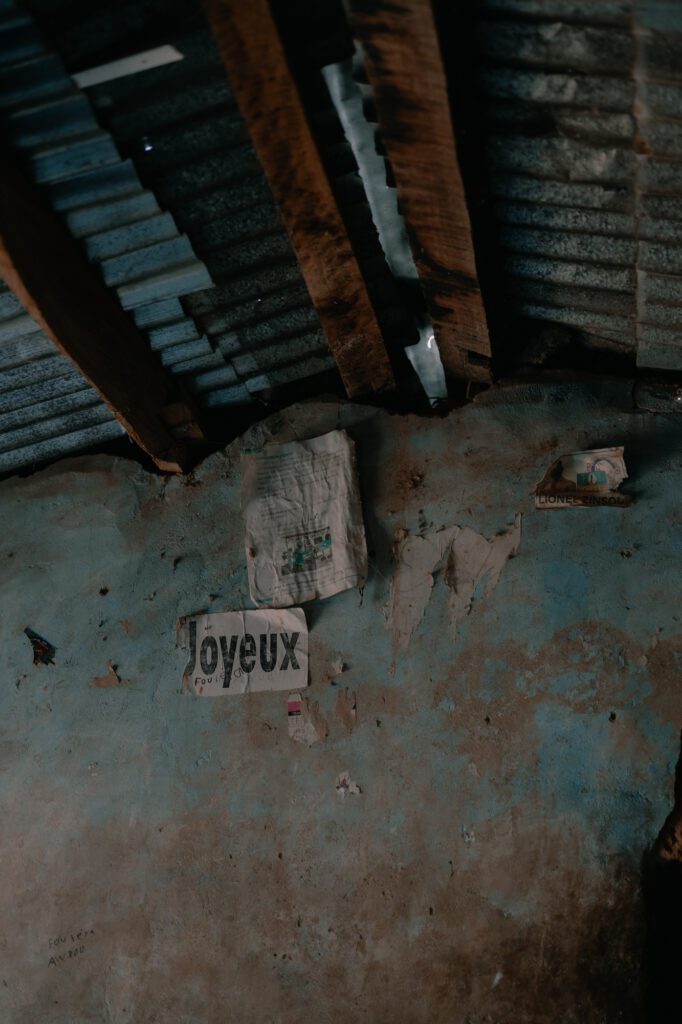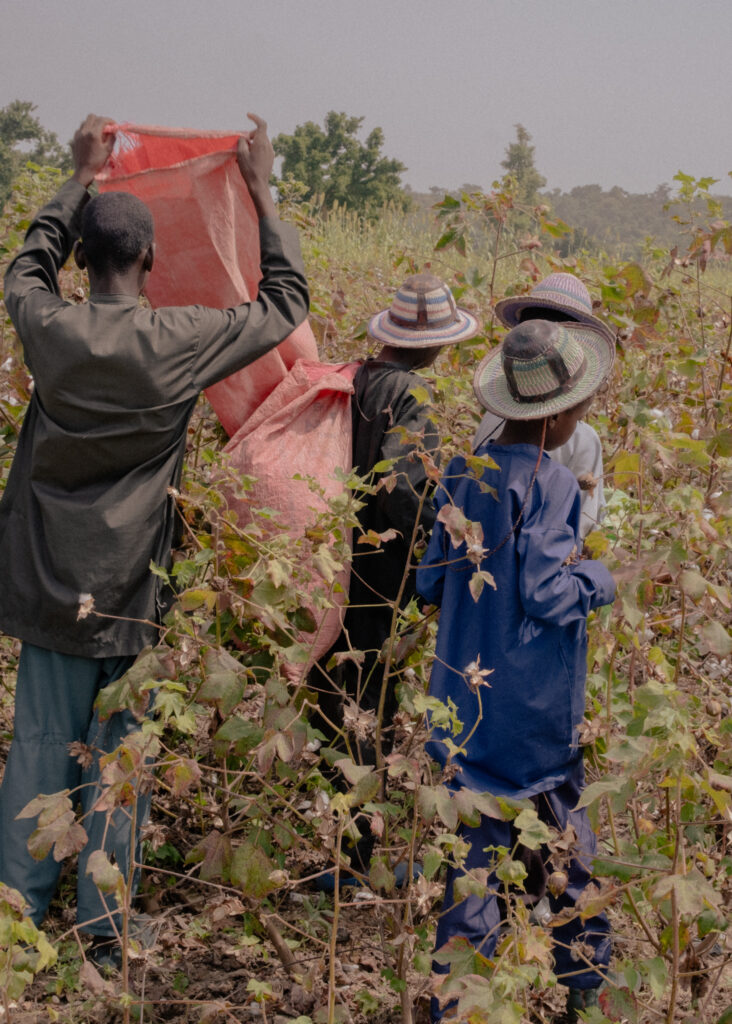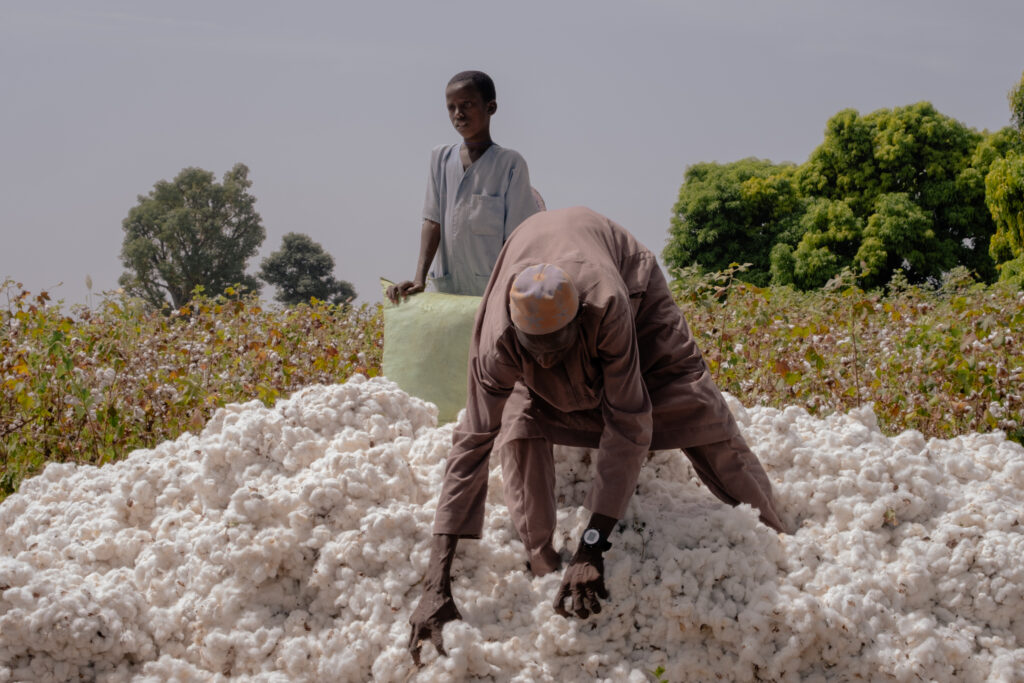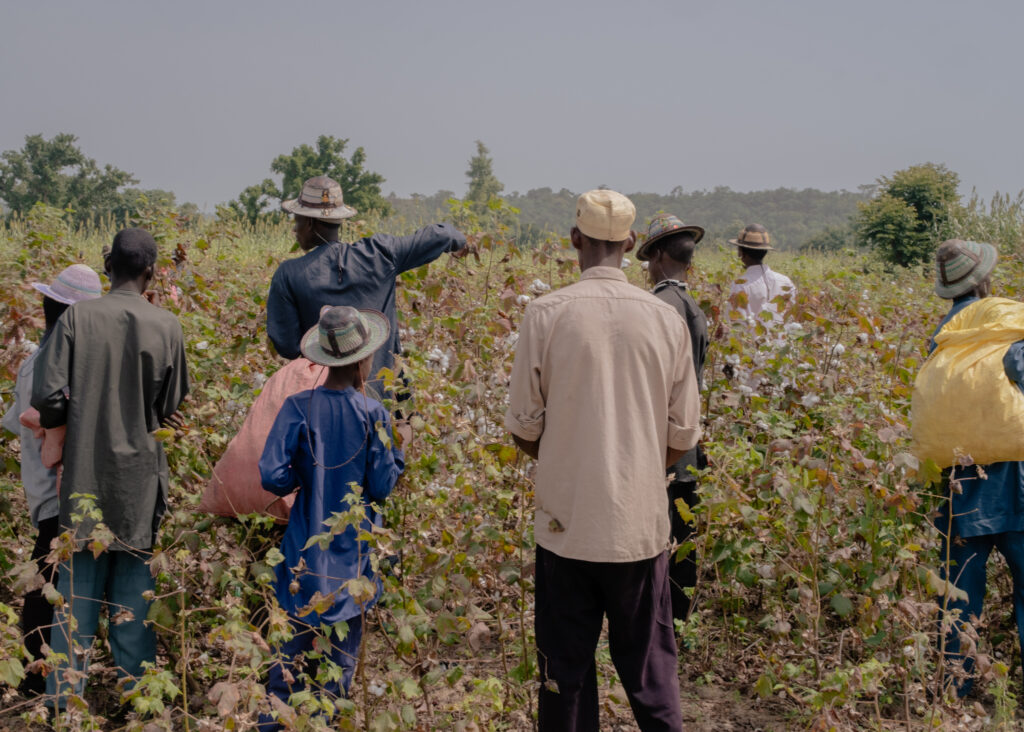couleur peule // benin, 2021-2024
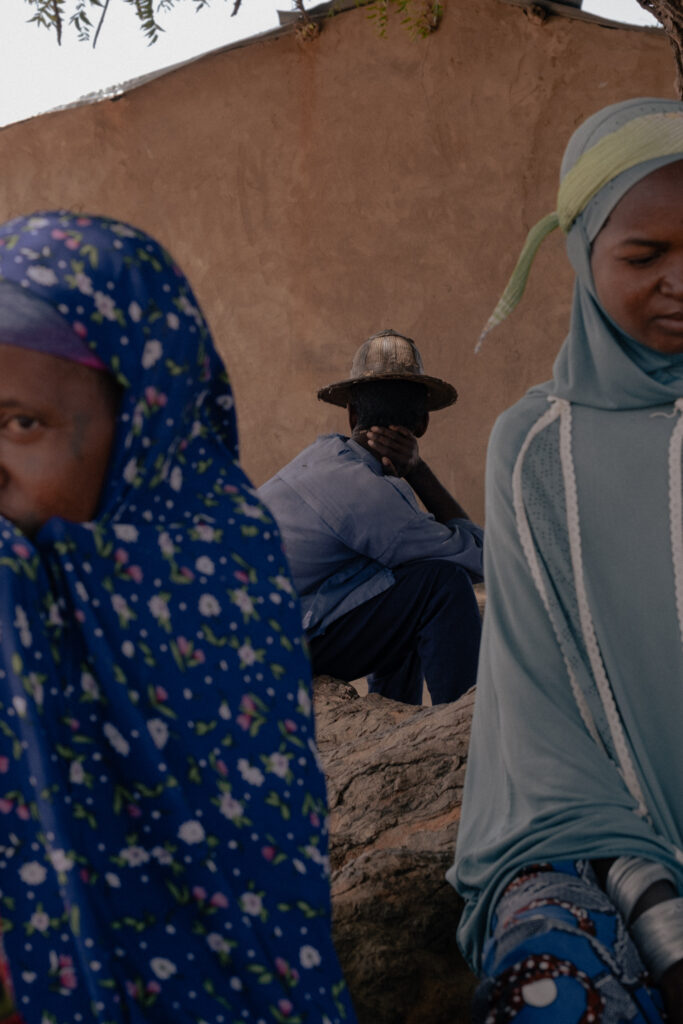
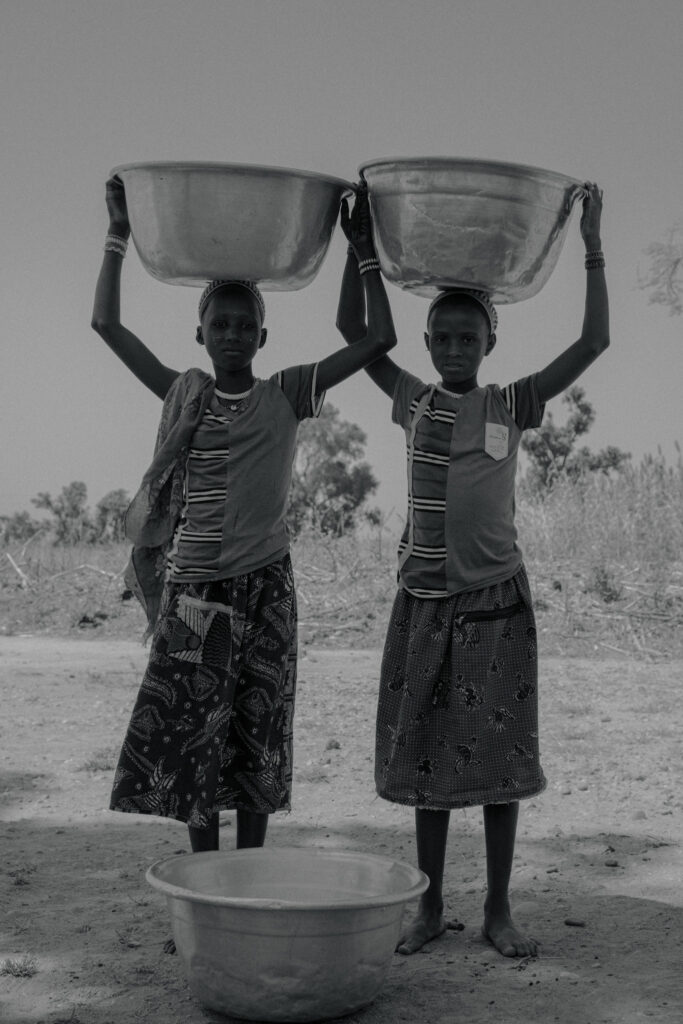
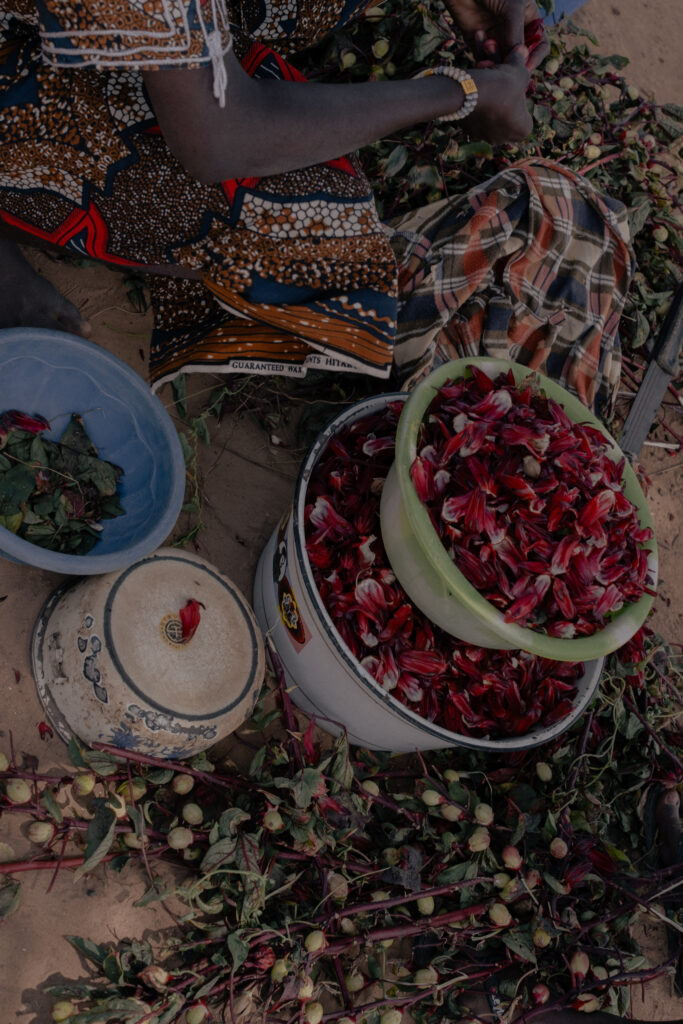
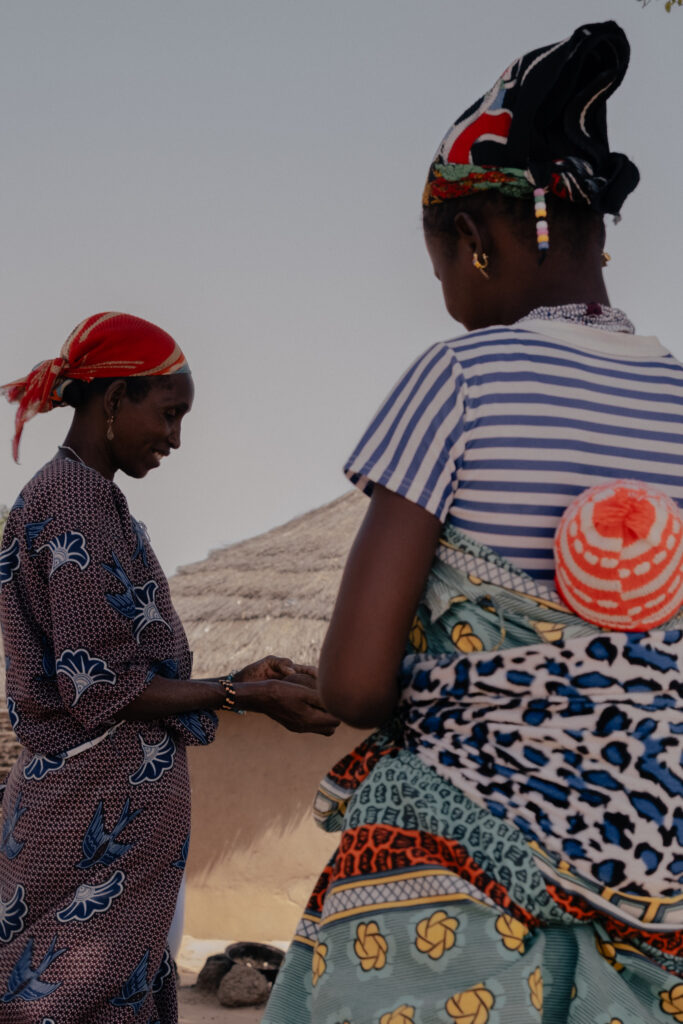
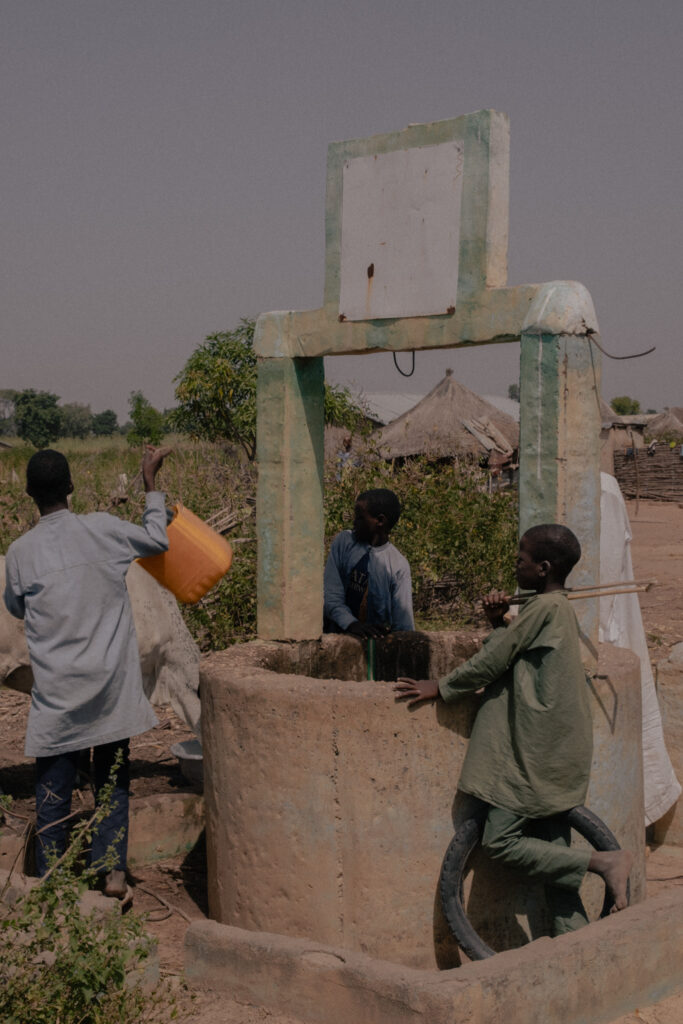
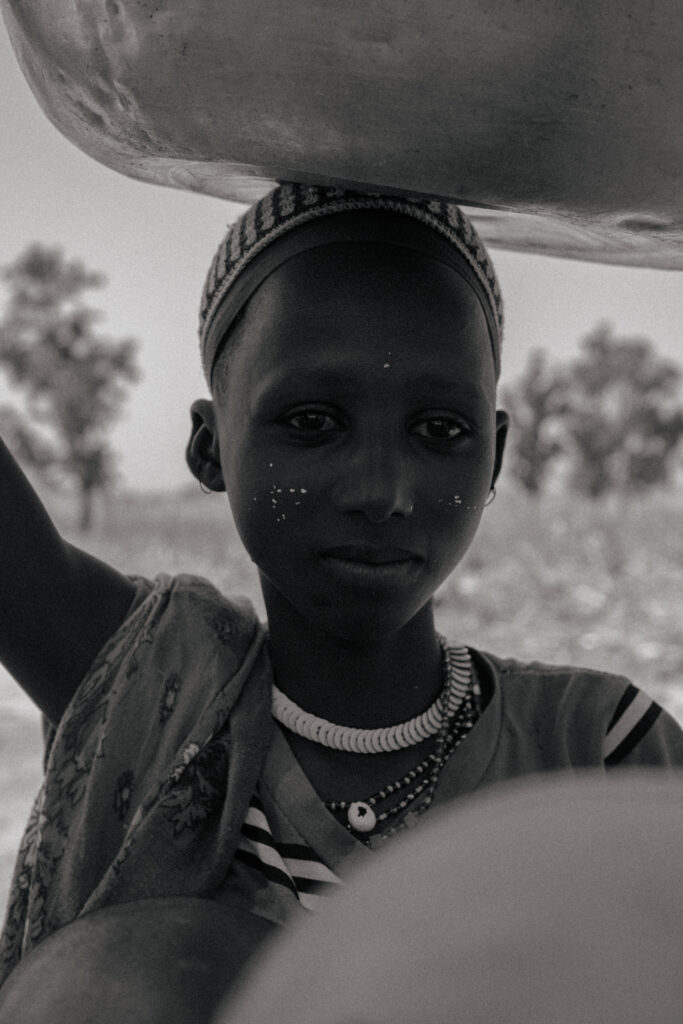
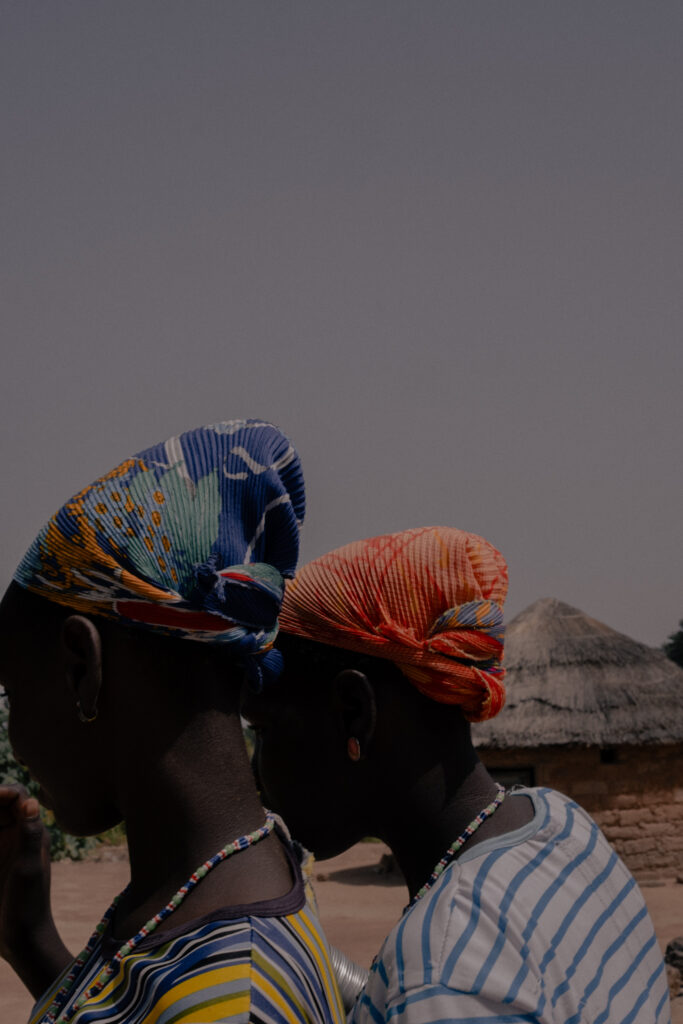
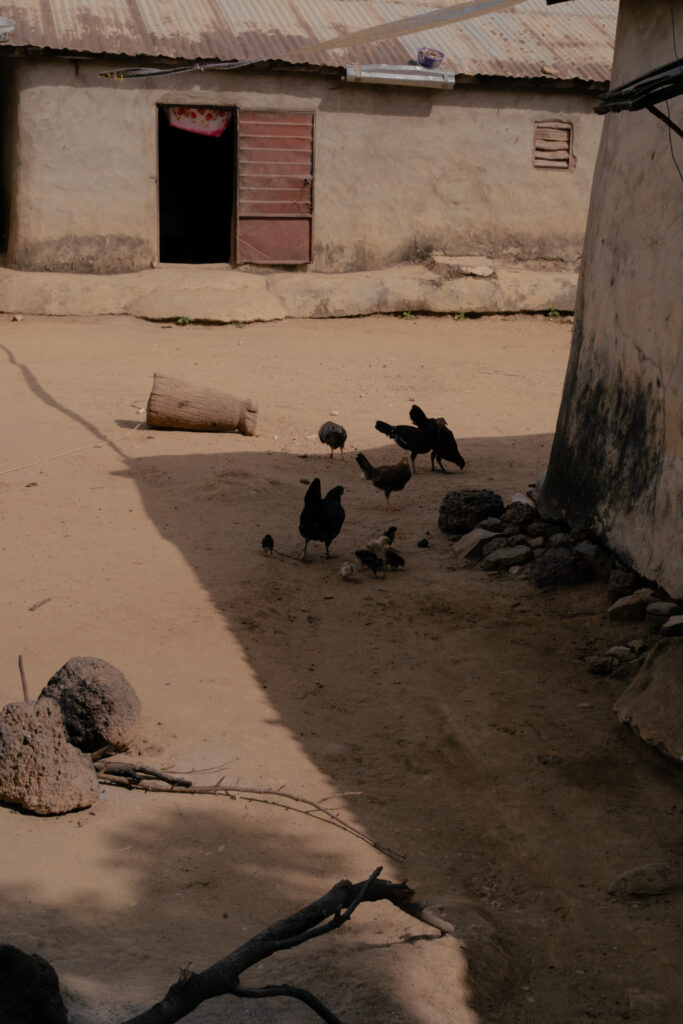
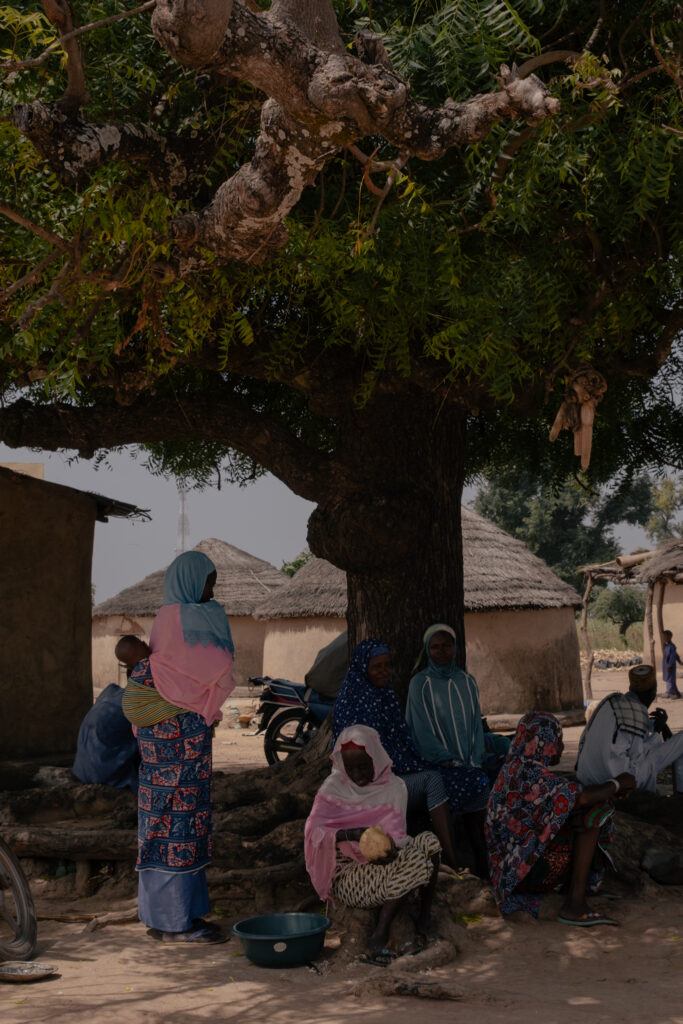
The Fulani, a population estimated at nearly 40 million across Africa, have historically been nomadic herders practicing transhumance. For centuries, they moved in harmony with their livestock, following pastures and water sources. In Benin, a portion of the Fulani, once entirely nomadic, has gradually settled. Today, they represent about 7% of the population.
In the northeast of the country, the Fulani of Yoroukou village migrated from Nigeria over a century ago, settling near the town of Kandi. Those from the Alfakoara encampment, on the other hand, came from the border region between Burkina Faso and Niger. After multiple relocations, they finally settled 70 years ago near the W National Park—an area now threatened by the encroachment of jihadist groups from the Sahel.
The Fulani carry within them fragments of the lands and villages they have traversed, always expressing a distinctive aesthetic and a rich cultural heritage that varies from one family to another. Their traditions serve as markers of social identity, yet they are now facing the challenges of sedentarization, a shift that has transformed their way of life.
Since 1984, Fulani children in Benin have had access to formal education. However, according to the organization Puulaku Benin, fewer than 2% of them are literate. This is largely due to the incompatibility between schooling and their pastoral lifestyle, where children are expected to contribute to herding from a young age. At the same time, settled Fulani communities are increasingly engaging in agriculture, which has intensified competition for land with local farming populations.
Despite these challenges, Fulani communities continue to preserve their cultural identity, navigating between ancestral traditions and the pressures of modern society. Their aesthetic heritage—deeply intertwined with their multiple histories and strong values—remains a powerful testament to their sense of belonging.

